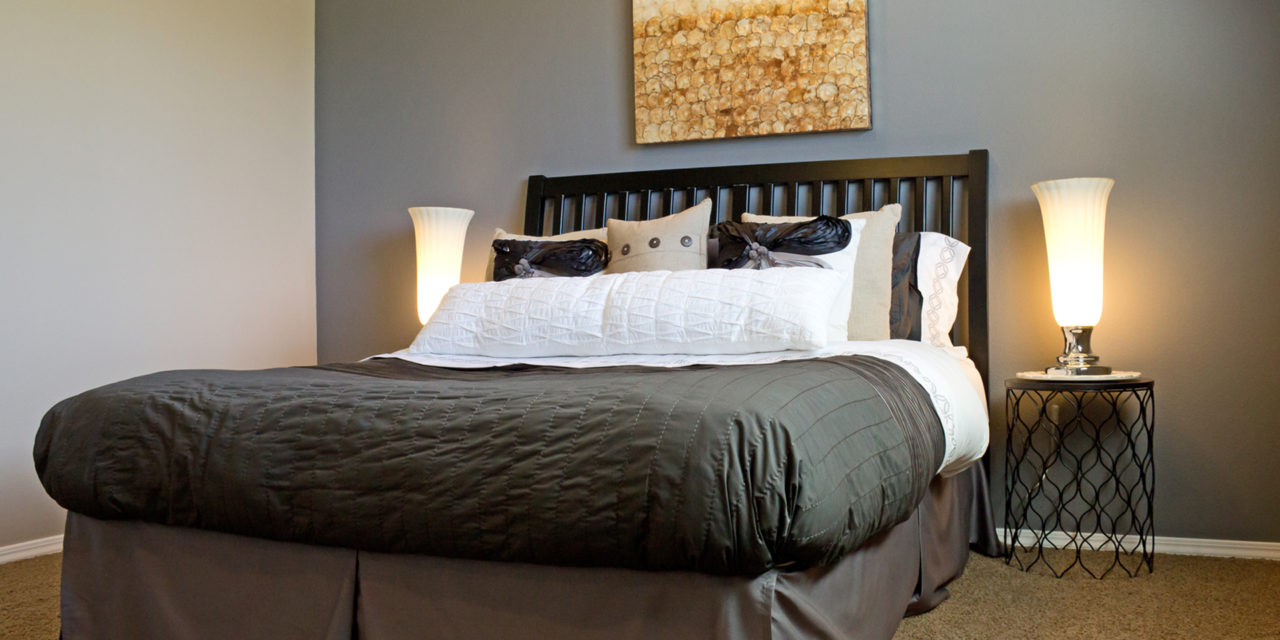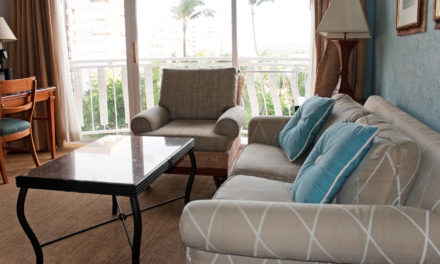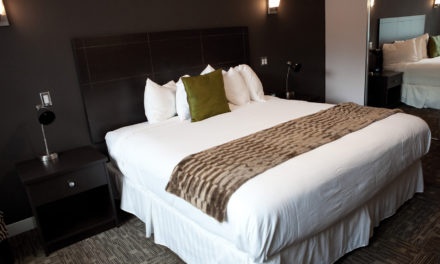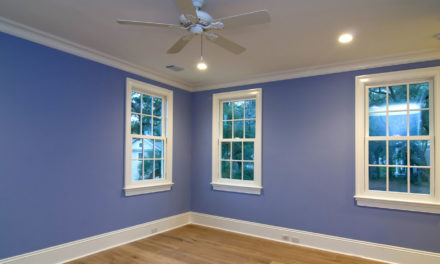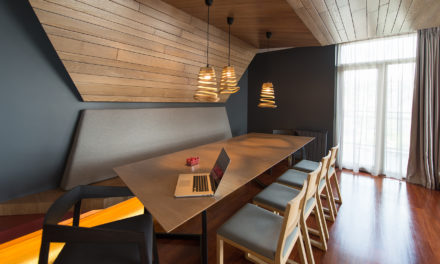Furniture comes in a dizzying selection of shapes, sizes, finishes, and materials. What’s more; there are many different furniture styles out there as well. These styles have evolved throughout human history and each has an intriguing history behind them. Knowing a bit more about the different types of furniture styles out there can help your next interior design project stand out.
Historical Styles
Furniture styles have been influenced, largely, by political and economic factors. For example; one of the most popular “antique” styles (even though modern furniture uses it sometimes) is Louis XVI. Furniture styles before the 20th century, and even into the early stages of the Industrial Revolution, were largely influenced by the demands of ruling families or the abilities of predominant craftsmen.
Many buyers regard these styles simply as all being “antique” but there are some notable differences. Below, you’ll find a brief outline of the evolution of furniture styles from the early 18th century leading up to the Industrial Revolution.
Queen Anne: This style was birthed during the reign of William the Third in England in the early 18th century. It’s best characterized as having smaller elements, curvey legs, and less ornamentation than previous styles. Compared to modern 21st-century styles though—it still looks like a Mideviel Cathedral.
William and Mary: Popular in the early 16th century Netherlands, England, and Scotland areas. Large furniture with very ornate carvings and curvatures.
Louis XVI: In 1774, King Louis XVI took the French throne after his grandfather’s death. His wife was a connoisseur of the arts, and the furniture the King had commissioned for her gave birth to this style that could be characterized as Neoclassic.
Chippendale: This style was popular in mid 18th century England and born of cabinet maker Thomas Chippendale. It’s noted for its use of elegant veneers, dainty legs, and inlayed metals such as brass.
Federal: This period in furniture lasted from the late 18th to early 19th century and is best characterized as large, ornate, and having lots of sharp and pointy parts. That’s a vast over-simplification but does well to discern a style that’s often just referred to as “antique.”
American Empire: This style superseded the Federal period is considered by many an evolution (and modernization at the time) of the King Louis XVI style. It features large designs with a somewhat cleaned up look, in that there were fewer carvings and ornamental dressings. It was introduced in a Napoleonic France but also popularized in early 19th century America.
Victorian: Victorian Furniture was born of the Victorian period—one of the most defining design shifts in history—and can be characterized as being boldly ornate. This style was popularized during Queen Victoria’s rule and arguably took such traction because it was around at the start of the Industrial Revolution.
Arts and Crafts: This style was much an answer to the rampant popularization of Victorian styles. It featured a return to more modest designs that showcased materials and craftsmanship rather than ornamentation. It was popular in early 20th century America and characteristic of some early American furniture brands such as Stickley.

Current Furniture Styles
The furniture styles you see available from local stores and online behemoths such as Wayfair aren’t always inclusive of the historical styles, at least not by name. They offer a medley of terms as a way to categorize their products. Some are accurate—some less so—but most have evolved through modern re-interpretation of historical styles. Below are several of the most popular furniture styles you’re likely to find among modern furniture stores. In this case, styles like an antique can be considered a “modern” style inasmuch as it’s available from modern retailers.
Traditional

Bun feet, carvings, elaborate curvature—traditional furniture is what most people associate with their parents, grandparents, or great-grandparents. The majority of this style’s heritage comes from 19th and early 20th-century American solid wood design. However, this style was around, at least in essence, in Europe as well.
Rustic
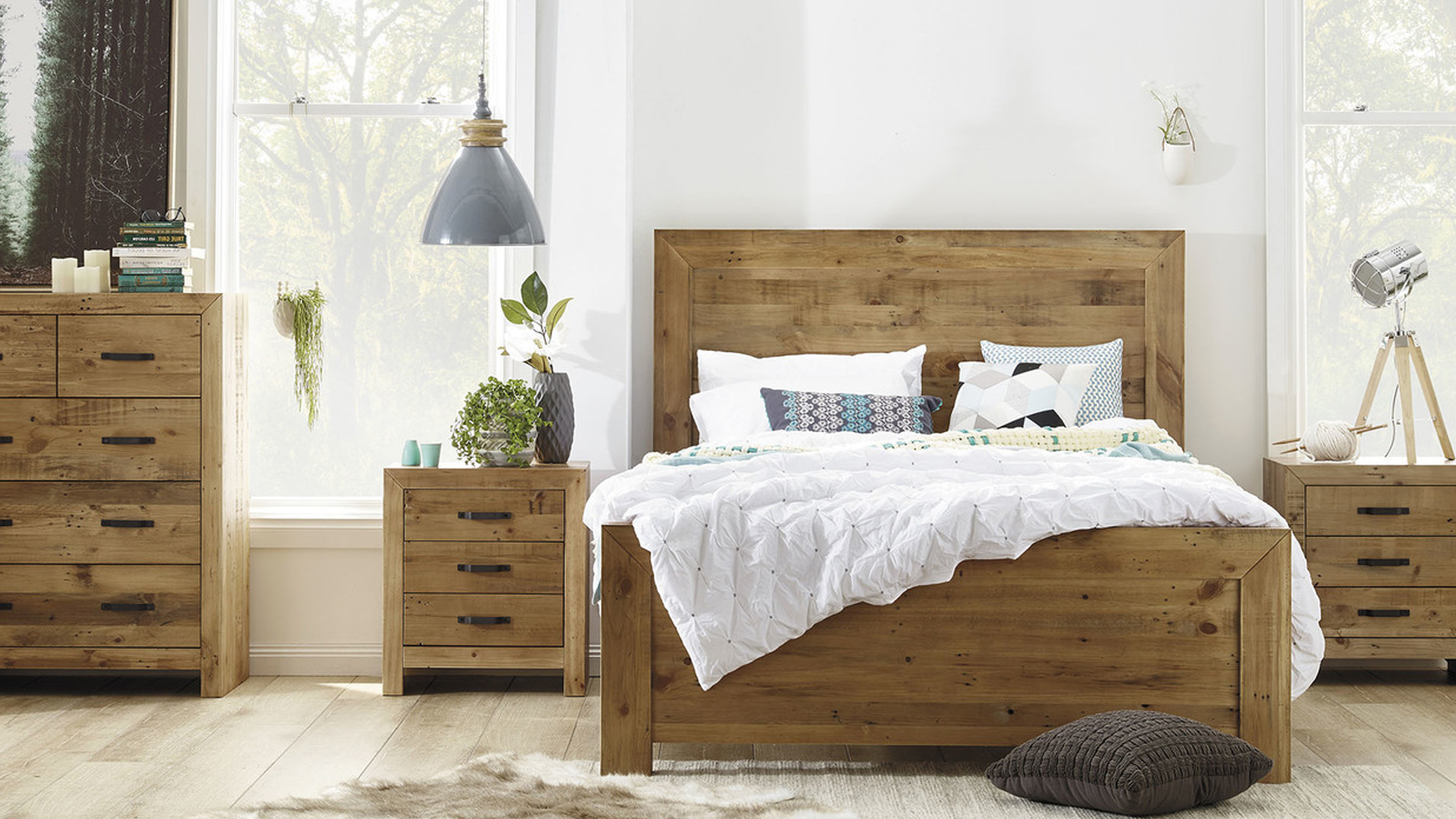
This style is a medley of interpretation that gets characterized through the use of rough-sawn finishes, seemingly “raw” joinery and manufacturing style, and sometimes its use of reclaimed materials. The term “rustic” often is used to describe cottage, mountain, cabin, and even reclaimed furniture. It’s incredibly popular among modern designers and has given birth to a great many modern re-interpretations, such as Modern Mountain.
Amish
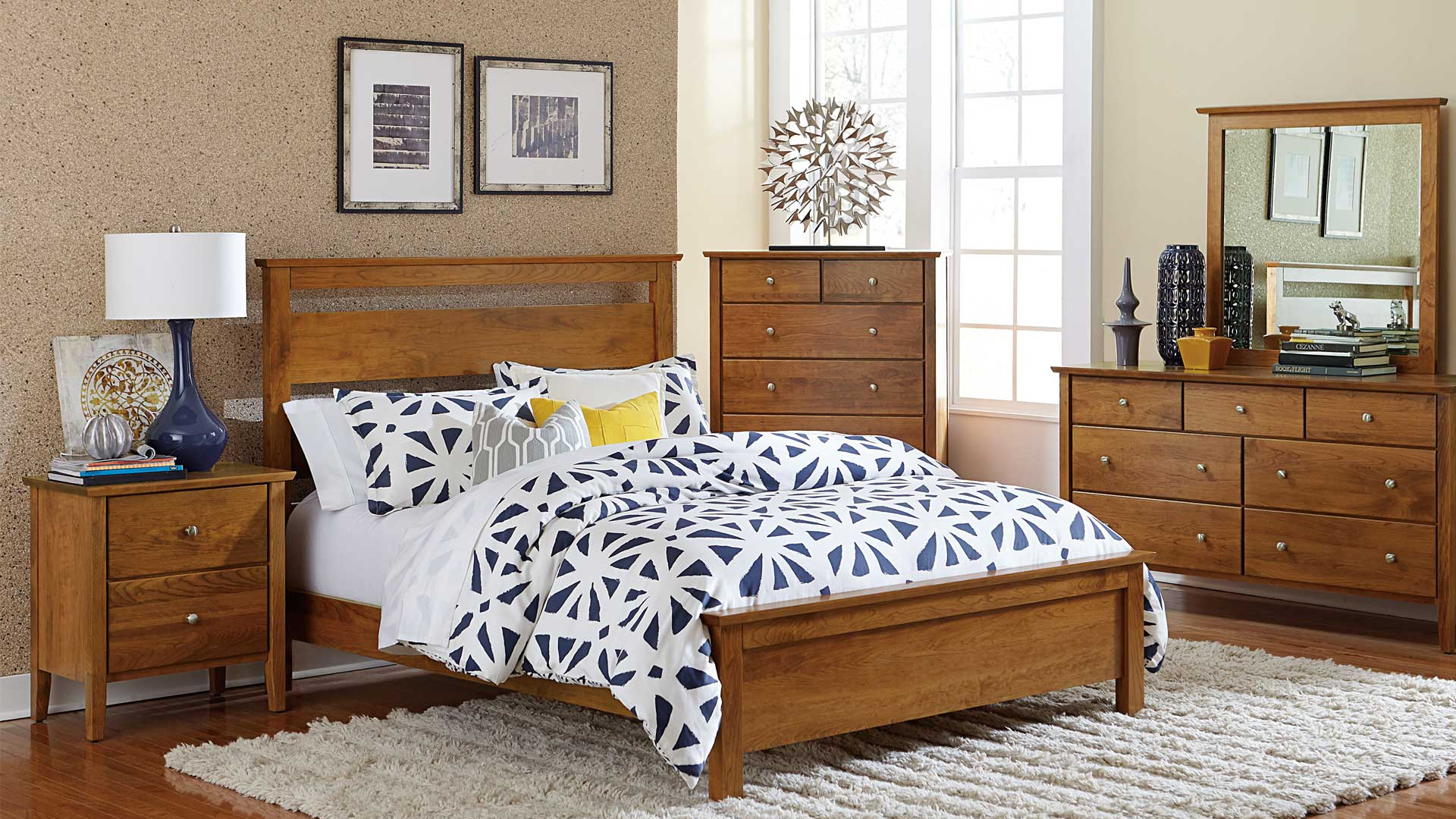
This style was born of early English Quakers in the 18th century and characterized by the groups’ beliefs that the overly-ornate and misleading were sinful. How does that translate into furniture? Amish furniture is typically devoid of any ornamentation, including carvings and metals, and the joinery is representative of hardwood furniture design. Two popular sub-styles of Amish furniture are Shaker and Mission—both of which can be found in many current furniture retailer catalogs.
Art Deco

Think of the Great Gatsby, the roaring 1920s, and that haute New York look characterized by quartered veneers and ultra-sheen finishes. This furniture style was born out of early 20th century Paris as the new post-war answer for an elegant lifestyle. Pieces in this category are often made of exotic wood species, metals such as polished brass or satin nickel, and feature any material that can be considered luxurious such as marble or, in some cases, even animal skins.
Vintage/Retro

This isn’t really a style. It gets used so often that we felt negligent to excluded it—but please try to strike it from your vocabulary. Vintage Furniture is a term that was, largely, cooked up by sales and marketing teams. It includes any style that’s too old to be considered modern but too new to be considered antique. It’s pseudostyle. We have to give it credit though—the term vintage does do work well to describe older-not-old items.
Mid-Century Modern

This style can be best characterized as what the people of the 1940s and 50s thought the future was going to look like. It features rounded edges, ornate curvature in design, and uniquely-proportioned elements. Basically, the furniture you’d imagine the Jetson’s to have. Mid-Century furniture is going through a sort of renaissance in recent years, having been re-popularized by modern retailers such as Crate and Barrel. Expect to see medium-toned natural finishes like walnuts paired with modest, lighter, tones of beige and grey upholstery.
Contemporary
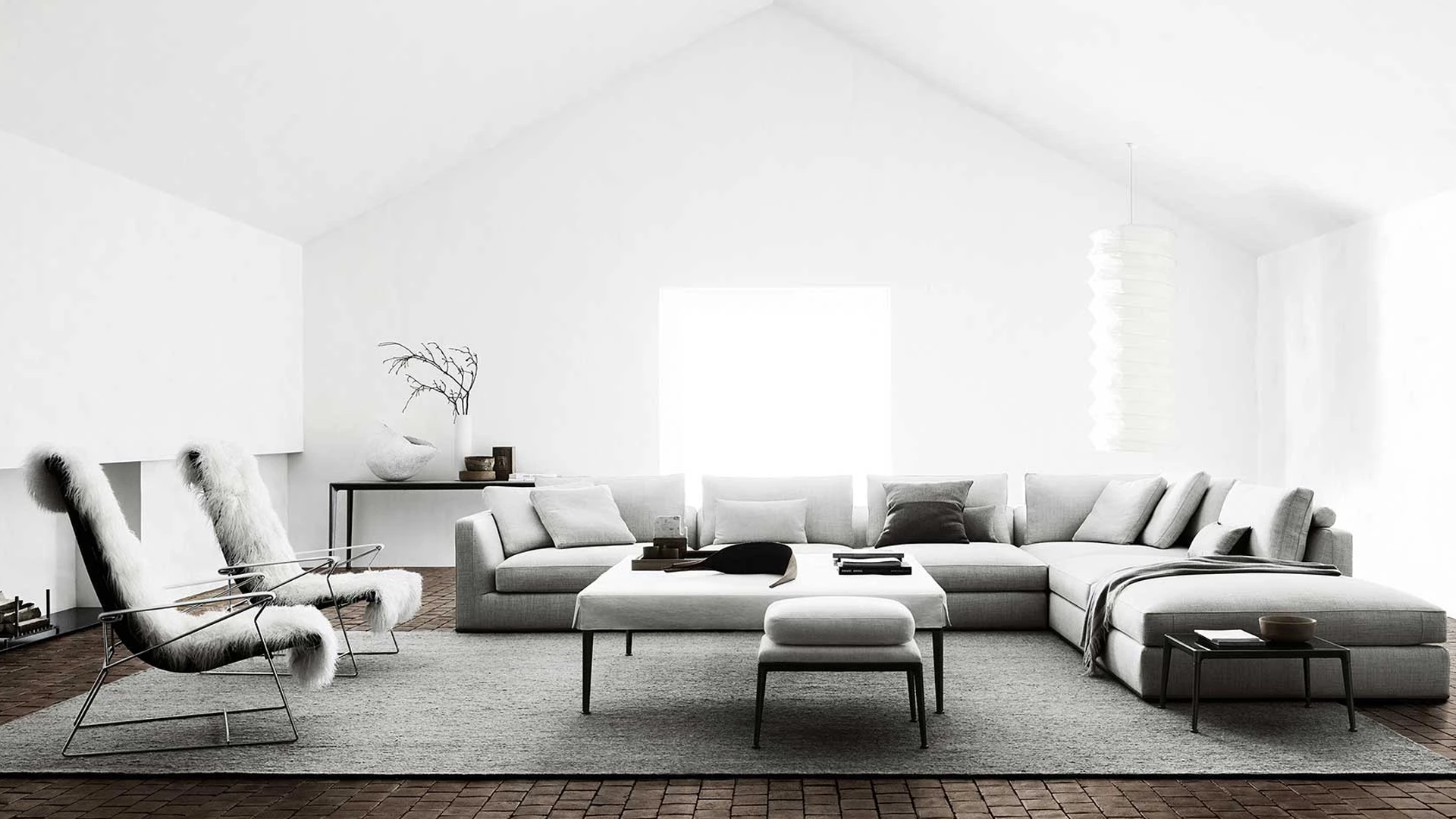
Contemporary furniture is a style one often has to learn by example. It’s characterized by straight lines, neutral tones, and solid—but not big—design. It’s a very popular style among interior designers because it allows for such versatility. Virtually any other style could be paired with a contemporary piece without ruining a room. In contemporary styles you’ll often see straight legs with just a hint of rounding and curvature, seat cushions just slightly rounded and tucked on the edges and tables that don’t quite demand the room’s entire attention. Again, the best way to describe this style is with examples.
Modern

The term “modern” has been described as a term that encompasses designs that focus on “why not” rather than “how” or “why.” You’ll find an assortment of chromes, ultra sheen finishes, and straight lines here. Also, you’ll find the extremely colorful, obscene, and downright ridiculous. Things like fish-tank headboards fall into this category solely for their audacity. For practical discussion, however, the modern furniture style is best characterized by its minimalist presentation. Few insets between elements, solid colors and neutral tones, the use of glass—these are all strong trends in the modern style.
Casual
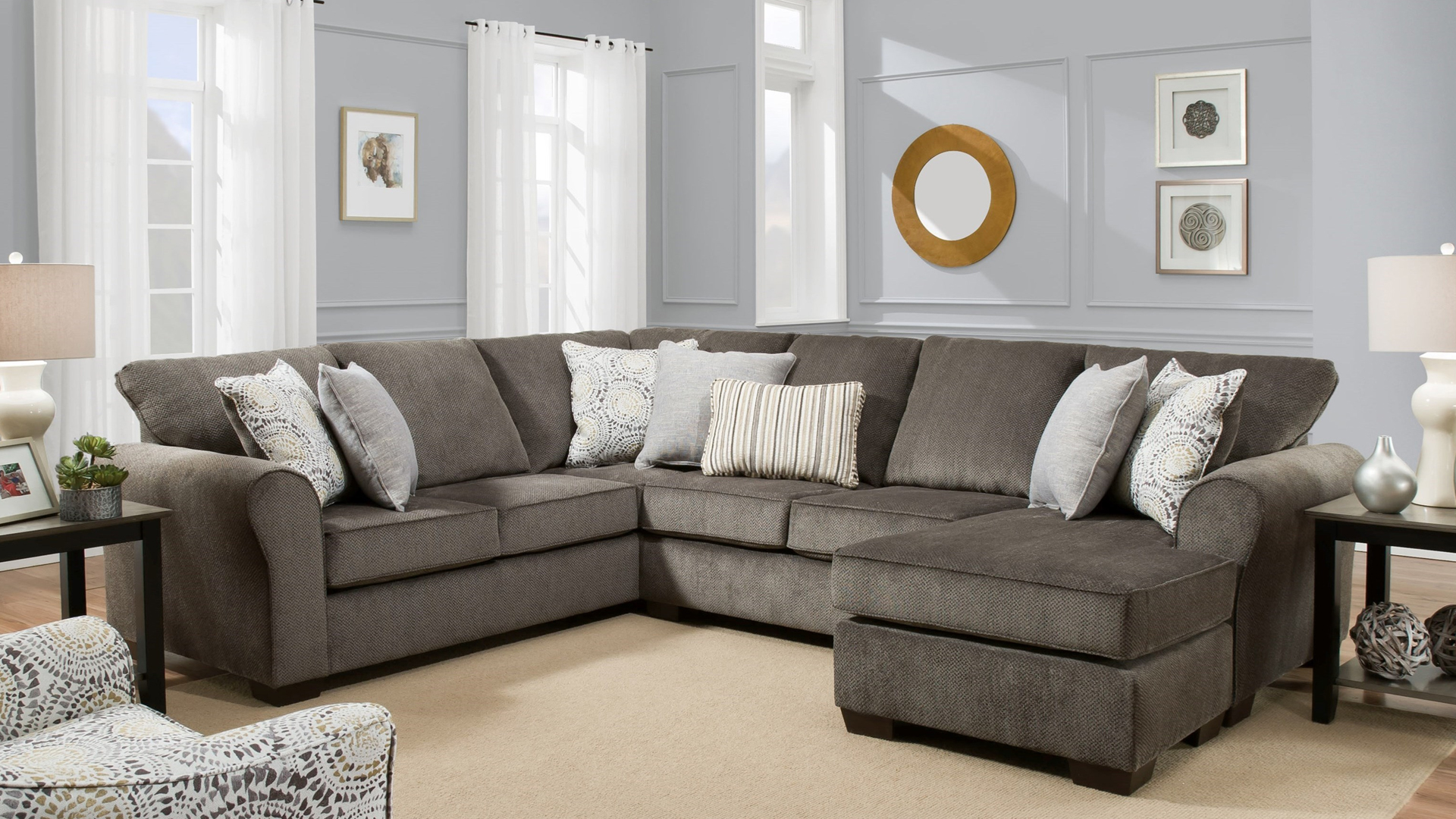
Casual furniture is all about comfort. It’s the middle-of-the-road design that works in just about any home, caters to just about any lifestyle, and can go with just about any other style. Casual furniture is often the go-to choice of designers tasked with making a space better suited for hosting parties and guests. Casual furniture is characterized by tables with storage drawers, couches with hearty seat cushions and armrests, and dining room elements such as buffets, servers, and bar-height “brunch” designs.
Transitional
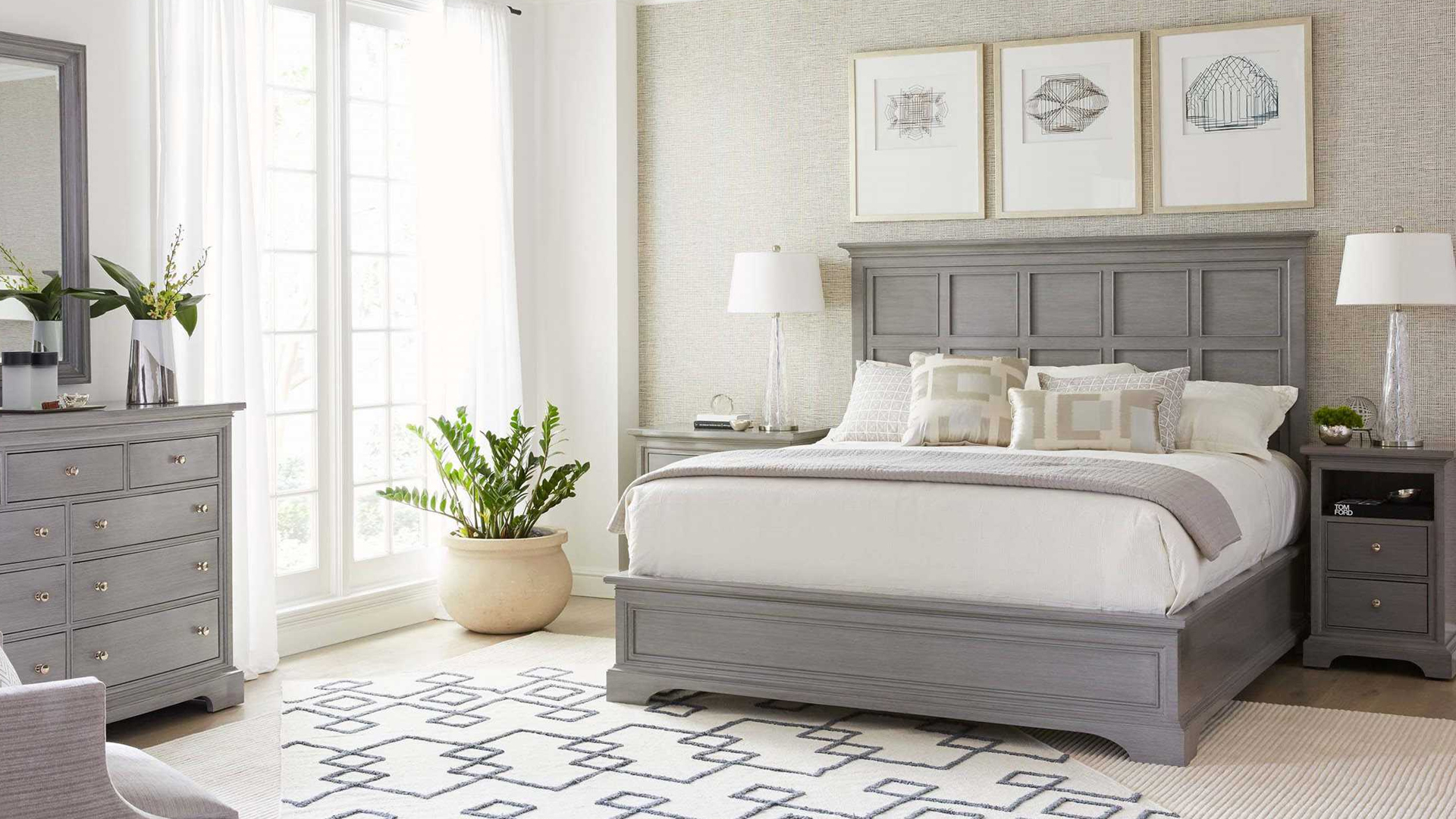
Transitional furniture is similar to contemporary but tends to offer a bit more flair. It should be considered a marriage of contemporary and traditional and mixes in more ornate attributes and outspoken patterns and materials. It’s kind of the middle road between the two. Transitional furniture often makes use of muted wood tones and then makes a statement with brightly colored or loudly-patterned upholstery. It’s a style of subtlety and another that should be described with pictures.
Transitional furniture is similar to contemporary but tends to offer a bit more flair. It should be considered a marriage of contemporary and traditional and mixes in more ornate attributes and outspoken patterns and materials. It’s kind of the middle road between the two. Transitional furniture often makes use of muted wood tones and then makes a statement with brightly colored or loudly-patterned upholstery. It’s a style of subtlety and another that should be described with pictures.
Coastal
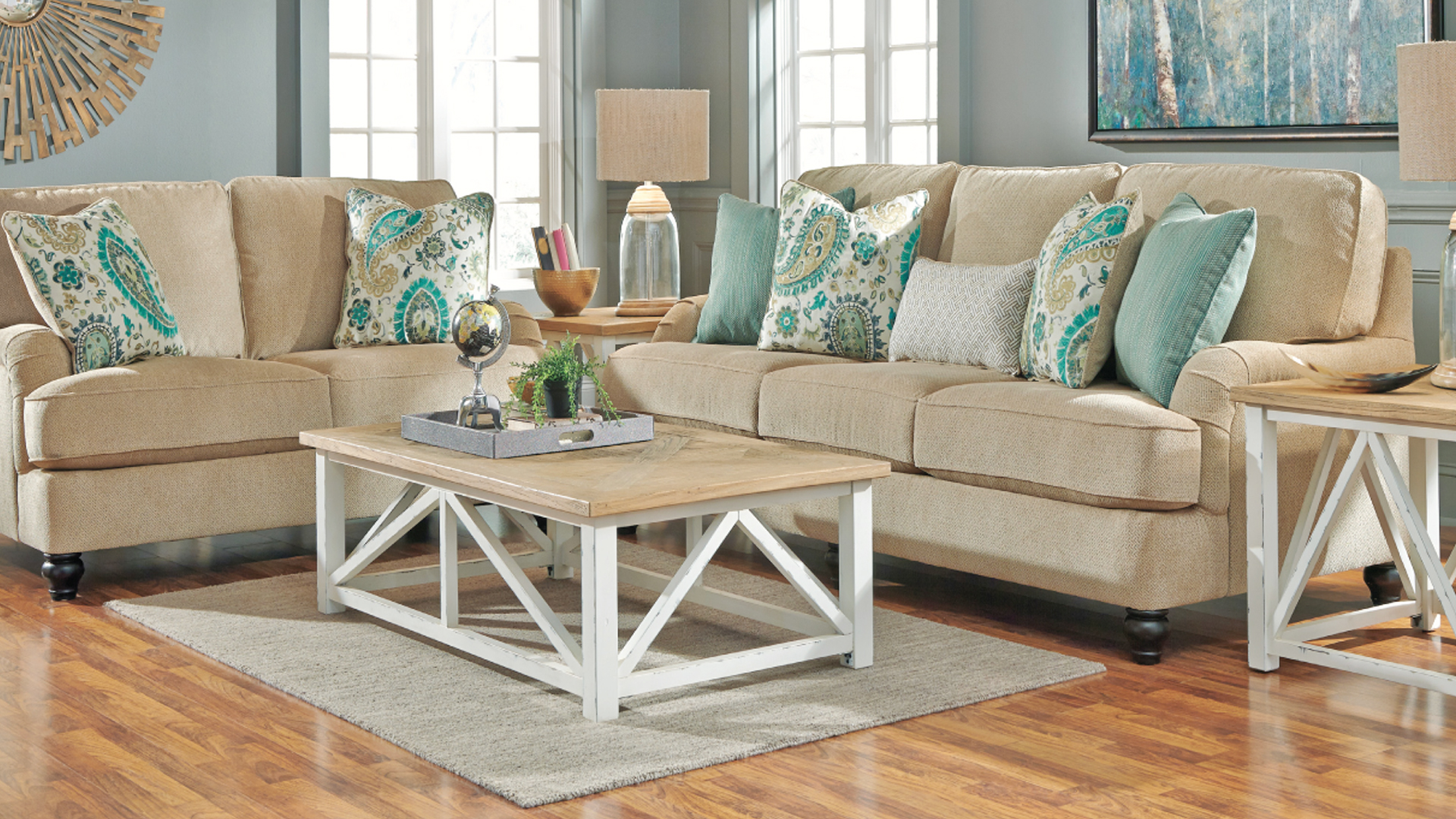
Coastal furniture is aptly named and reminiscent of the styles found in upscale New England coastal homes. Coastal furniture looks “beachy”—that’s the best way to say it. Soft muted tones of greens, blues, and yellows are found rampant throughout this style and elements like base molding, framed end panels, and louvered door panels are all part of the coastal look. When taken as a design style, coastal motifs are characterized as open, airy, bright, and inviting. Coastal is not Nautical.
Other Popular Styles
The furniture styles here are among the most timeless, popular, and prevalent in the furniture industry. They’re not the only styles though. Even among these styles, you’ll hear terms like Rustic Modern, Traditional Transitional (yes, as odd as it sounds), and lots of geo-centric terms like Mediterranean Chic being tossed around. All these are as much a furniture style as any mentioned here but usually, don’t have support from larger international brands. In other words, you just don’t see them as much.

